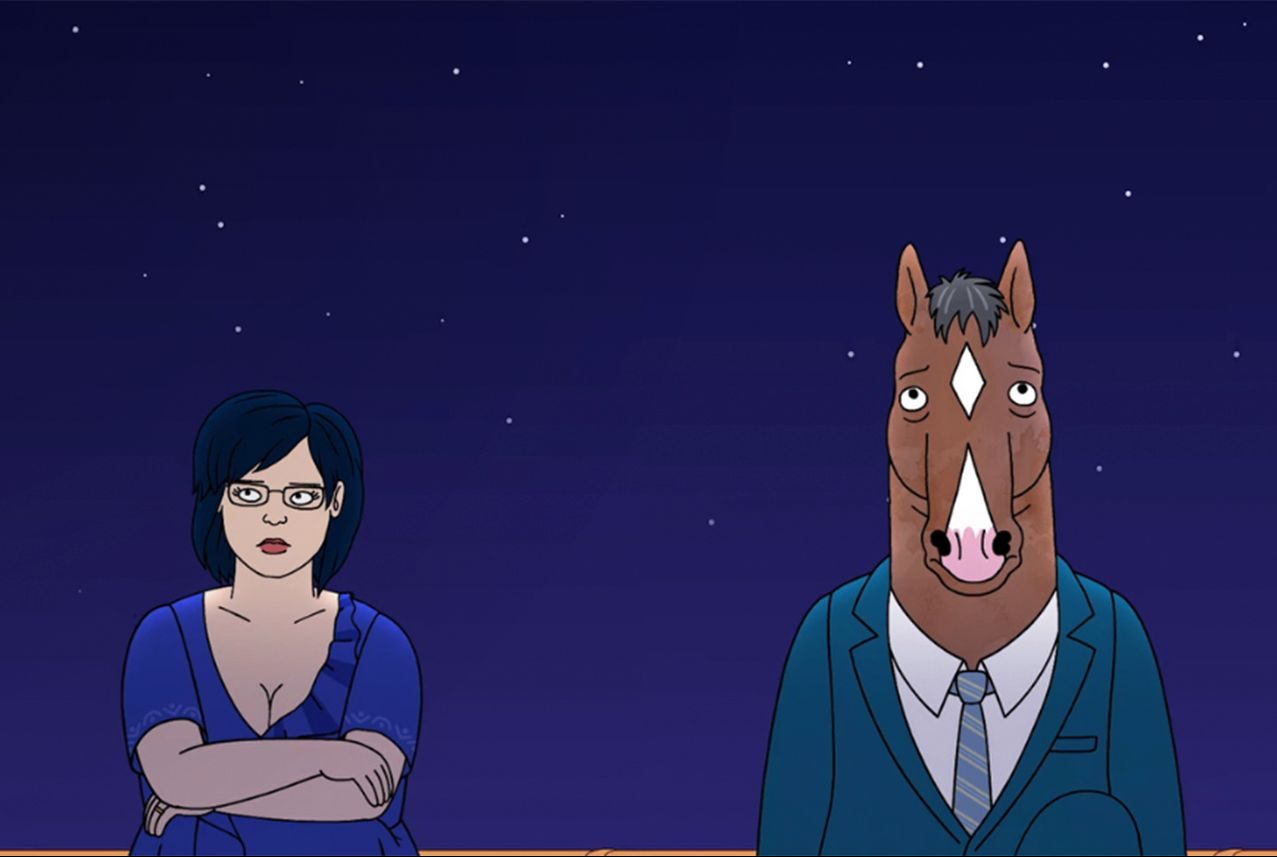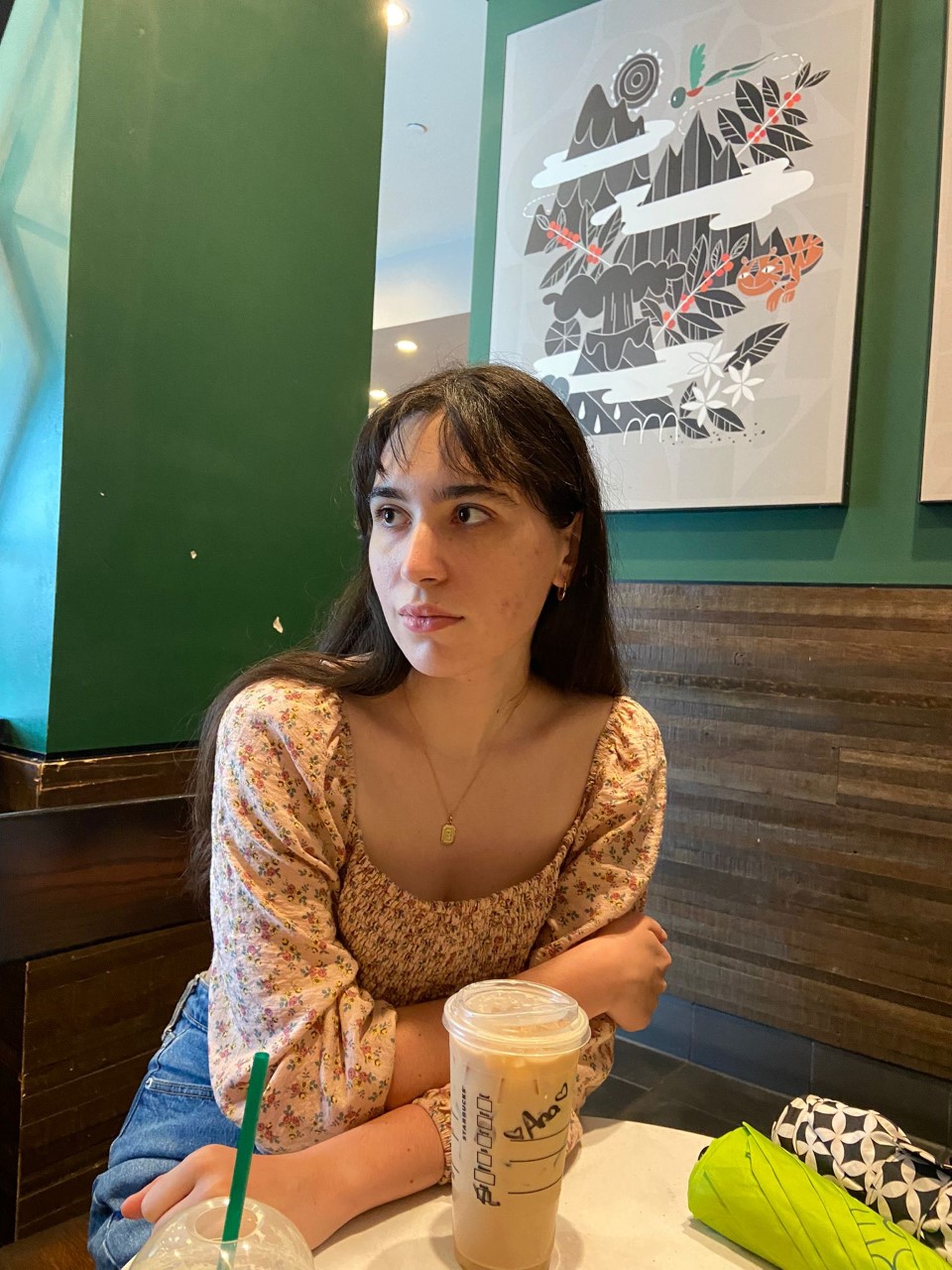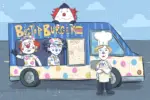Animation can be one of two things: cartoons for children or raunchy adult comedies. Or at least, that’s our general perception of it.
Ironically, animation was originally a medium completely aimed at adults.
“Futurama,” “The Simpsons,” “South Park” and “Family Guy” all set a precedent for what viewers can expect when they tune in for an animated show aimed at adults. What do these shows all have in common? All of them have a reputation for being irreverent, taboo, and even downright gross at times. To viewers, these defining characteristics separate childish cartoons from programs intended for more mature audiences.
There might be nothing wrong with adult animation that follows the precedent set by the aforementioned shows. They too have their merit and have become beloved staples of American television. However, their prevalence over popular culture has created a sort of bias against adult animation.
The perception of animation as a “frivolous” medium has limited the scope of the genre. Animation has limitless potential for storytelling. Because it’s not tied down by the limitations of live-action, animation offers complete freedom of expression. A team of animators have complete control over everything that goes into what a viewer sees on their screen. Characters and settings can be as creative and unique as an animator’s imagination. Overall, the medium is extremely conducive to storytelling.
Breaking Conventions
Adult animation has experienced some development. Titles such as “Smiling Friends,” “Bojack Horseman” and “Tuca and Bertie” follow the episodic comedy format of their predecessors. These shows also keep the genre’s tendency for raunchy humor. However, they also introduce a few new features, namely character exploration and a linear story that stays relevant from one episode to the next.
“Bojack Horseman” and “Tuca and Bertie” especially break away from convention by focusing on the portrayal of serious, real-world issues. Mental health is a major theme in both shows, which creates awareness and representation of how particular disorders manifest.
Bojack Horseman follows a diverse cast of characters, each coping with their own set of traumas and subsequent mental health issues. The titular character, Bojack, is a washed up celebrity navigating his unresolved childhood trauma, alcoholism and BPD. The viewer hopes to see Bojack learn and grow, but the show’s dedication to realism instead depicts the downward spiral of a mentally ill man and all it entails. Bojack’s issues are recurring obstacles that continue to damage all his relationships and efforts to be happy.
Likewise, “Tuca and Bertie,” also takes on more serious issues. Both Tuca and Bertie appear to be the average “opposites attract” pair that are so common to the sitcom genre. High-strung yet soft-spoken Bertie deals with harassment in her office, dissatisfaction with her career, insecurity, and unresolved sexual abuse trauma from her childhood. Tuca, carefree and fun-loving, struggles with sobriety, severe depression, and grief.
Adult animation has started using the raunchy, mature comedy the medium has come to be known for to tell more serious stories. These stories are grounded in reality but still rely on comedy to make the larger issues of these shows as palatable as they are poignant.
Looking Toward the Future
Recent adult animation releases have broken away completely from the established format by jumping into different genres such as sci-fi, fantasy, horror and slice-of-life. The slice-of-life genre of animation is interesting because it reflects a newfound appreciation for animation itself.
“Aggretsuko,” “Rilakuma & Kaoru” and “Bee & Puppycat” are so unlike their predecessors; the only thing they have in common is their medium. These shows are much slower paced, and their shared lowkey tone offers viewers a soothing watching experience.
This recent shift in adult animation perhaps reflects a shift in the viewer as well. Viewers from younger generations grew up watching cartoons on Saturday mornings. A return to the medium with a few more mature (but not necessarily adult) themes brings with it a certain dose of nostalgia. The target audience for adult animation now tunes in to find familiarity and comfort in the mundane, low-stakes encounters of their favorite character’s life rather than punchy or racy joke-based humor.

















